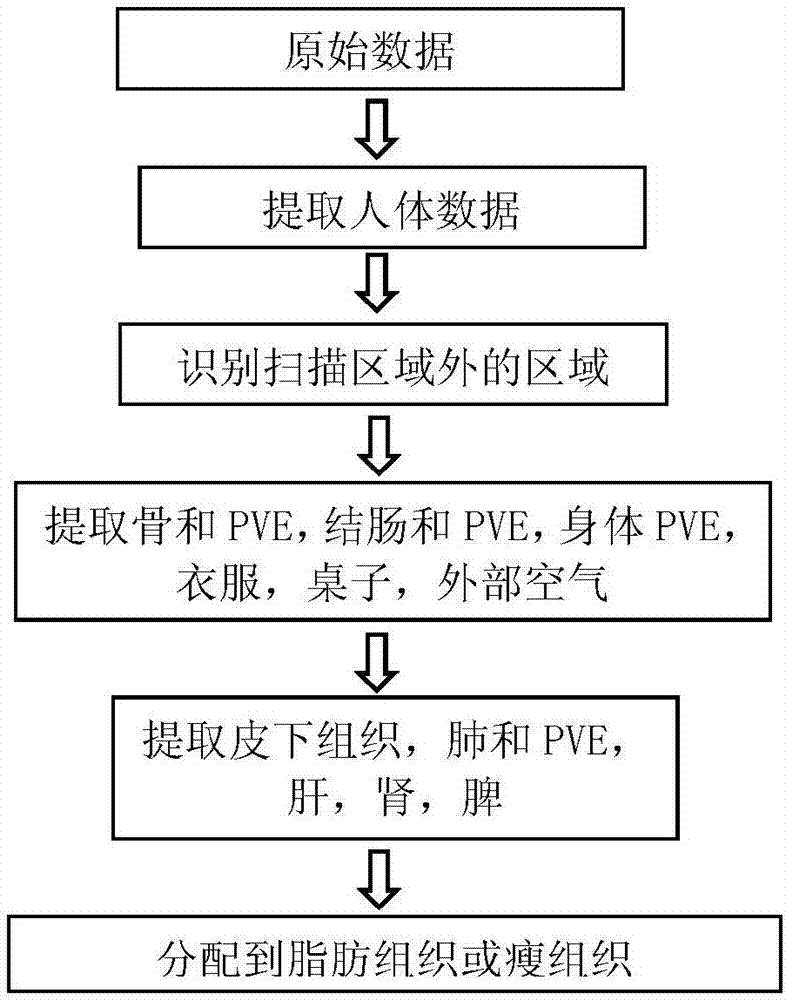Human body anatomical structure similarity-based medical image compression algorithm
A technology of structural similarity and medical images, applied in image enhancement, image analysis, image data processing, etc., can solve the problems that prediction methods are not suitable for medical image compression, blurred border areas, etc., achieve ideal segmentation accuracy and reduce segmentation errors , improve the effect of the compression operation
- Summary
- Abstract
- Description
- Claims
- Application Information
AI Technical Summary
Problems solved by technology
Method used
Image
Examples
Embodiment
[0051] In the present invention, the CTC data set is used to prove the effectiveness of the proposed compression scheme, figure 1 is a schematic description of the complete compression scheme for CTC data.
[0052] Step 1, get the CTC dataset.
[0053] Step 2, using density and anatomical features to identify specific anatomical regions on the CTC dataset, perform segmentation, and complete the preprocessing stage of the dataset.
[0054] In step 2.1, a full body is extracted from the CTC dataset and its contour is recorded using a series of chaincodes (one chaincode for each slice in the dataset), and the subject contour is obtained using a Roberts edge detector and represented using a 4-connection chaincode. When encoding a volume contour, a point on the boundary is selected and its coordinates are stored. The encoder follows the boundary in a sequential manner and keeps track of the direction from one boundary pixel to another. The sign representing the direction of motio...
PUM
 Login to View More
Login to View More Abstract
Description
Claims
Application Information
 Login to View More
Login to View More - R&D
- Intellectual Property
- Life Sciences
- Materials
- Tech Scout
- Unparalleled Data Quality
- Higher Quality Content
- 60% Fewer Hallucinations
Browse by: Latest US Patents, China's latest patents, Technical Efficacy Thesaurus, Application Domain, Technology Topic, Popular Technical Reports.
© 2025 PatSnap. All rights reserved.Legal|Privacy policy|Modern Slavery Act Transparency Statement|Sitemap|About US| Contact US: help@patsnap.com



